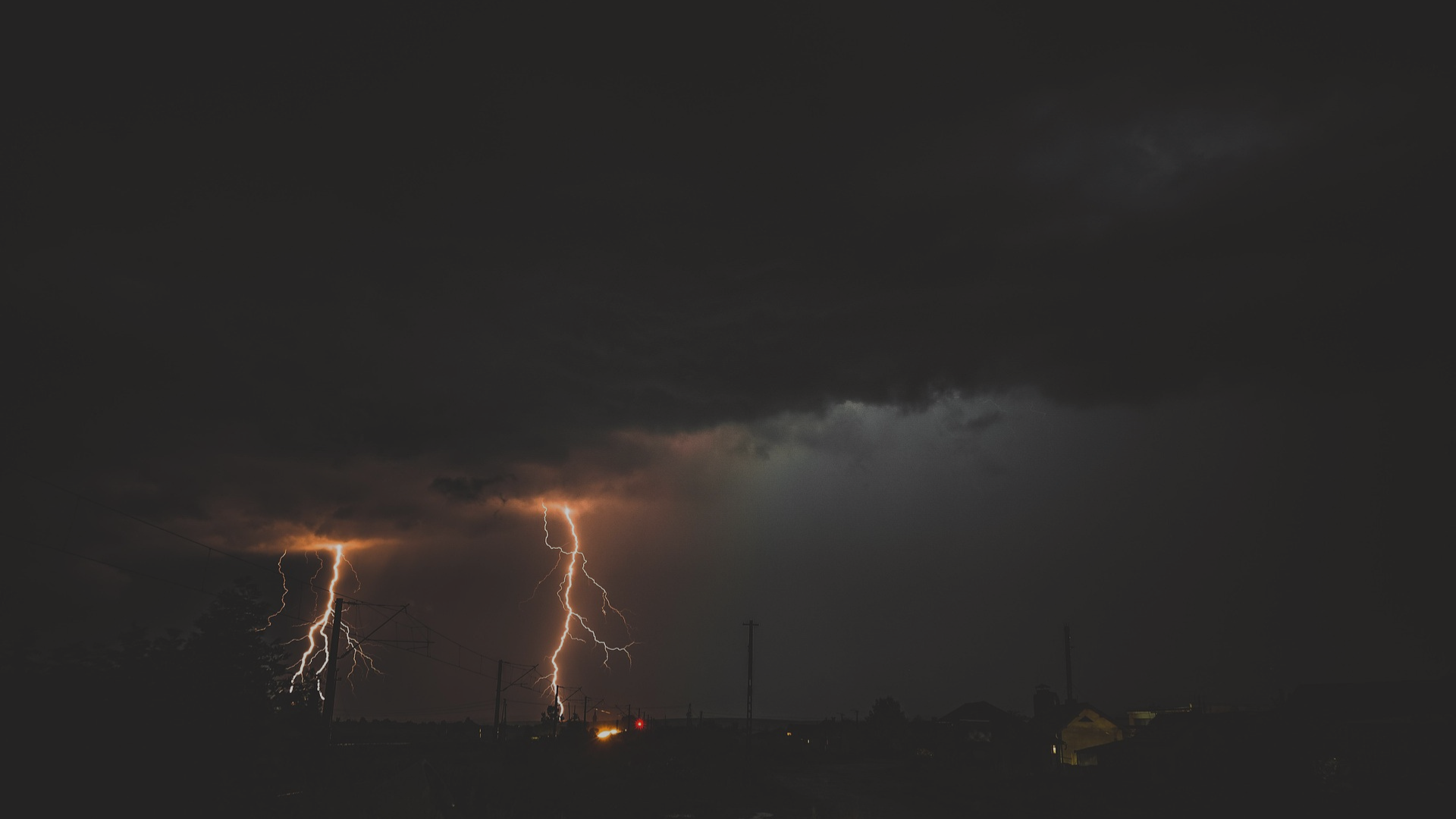PJM Capacity Market Pressures and the Rising Cost of Power for Industry
- Topics :
The State Divide: Where Energy-Related Emissions Are Falling Fastest
Published September 22, 2025

U.S. energy-related carbon dioxide emissions from the power sector fell to their lowest level in decades in 2023, according to the U.S. Energy Information Administration (EIA). Much of this decline was driven by the continued displacement of coal by natural gas and the rapid growth of renewable energy sources such as wind and solar. Yet, the national numbers tell only part of the story. Beneath the aggregate decline lies a striking state-level divide: while some states are leading the charge in emissions reductions, others remain heavily dependent on coal, slowing the nation’s overall transition.
The National Picture
In 2023, U.S. power sector CO₂ emissions fell by approximately 7% compared to the previous year, marking one of the steepest drops in recent history. This decline was largely attributable to the ongoing retirement of coal plants, alongside significant growth in renewable energy generation. Renewables accounted for nearly 23% of total U.S. electricity generation, with wind and solar leading the expansion. Natural gas, while still a fossil fuel, continued to play a central role in reducing emissions by replacing more carbon-intensive coal-fired power. This combination of fuel-switching and renewable integration illustrates the complexity of decarbonization: progress is not linear, but it is tangible at the national scale.
Policies such as the Inflation Reduction Act (IRA), state renewable portfolio standards, and evolving utility procurement strategies all reinforced this downward trend. To understand the trajectory of U.S. decarbonization, however, one must look beyond the national numbers to see the dynamics playing out in individual states.

Leading States in Emissions Reductions
Several states stand out for their substantial progress in reducing emissions. Texas, often recognized as the largest energy-producing state, has become a global leader in wind power and is rapidly expanding solar capacity. Although Texas still generates significant amounts of natural gas power, the rapid deployment of renewables has sharply reduced the carbon intensity of its grid. California has also been a leader, leveraging aggressive climate policies, strong clean energy targets, and major investments in solar and battery storage.
The Midwest presents another notable case. States such as Iowa and Minnesota have rapidly expanded wind generation while simultaneously phasing out coal plants. Iowa, for instance, generates more than half of its electricity from wind, demonstrating how policy support and resource availability can accelerate decarbonization. These leading states show that significant emissions reductions are possible when policy frameworks, corporate demand, and natural resource advantages align.
States Lagging Behind
In contrast, several states remain heavily dependent on coal. West Virginia, Kentucky, and Wyoming continue to rely on coal for the majority of their electricity generation. These states face unique challenges: coal is deeply embedded in their economies, renewable resources are less developed, and regulatory environments often prioritize legacy infrastructure over new clean energy investments. As a result, emissions intensity per megawatt-hour of electricity in these regions remains far higher than the national average.
The persistence of coal-heavy generation in these areas contributes to regional disparities in electricity emissions. It also creates challenges for corporate buyers with clean energy goals who may struggle to procure renewable power within these states. Without new transmission capacity to move clean energy across state lines, these regional divides risk slowing national progress.

Implications for Corporate Energy Buyers and Utilities
For companies pursuing net-zero or science-based climate targets, the uneven decarbonization of the U.S. grid has direct implications. Scope 2 emissions, tied to purchased electricity, can vary dramatically depending on a company’s operating locations. Businesses in states like California or Iowa can access lower-carbon electricity more readily, while those in coal-heavy states must look to options such as virtual power purchase agreements (VPPAs) or renewable energy certificates (RECs) to balance their footprints.
Utilities are equally central to this story. Their integrated resource plans (IRPs) determine the pace at which coal plants retire and renewables are deployed. Federal and state incentives, combined with corporate demand, are pressuring utilities to accelerate the transition. However, the buildout of transmission infrastructure remains a critical bottleneck, as clean power generated in renewables-rich states often cannot reach regions still reliant on coal.
Conclusion
The decline in U.S. power sector emissions is a promising sign, but it is not evenly distributed. Leading states like Texas, California, Iowa, and Minnesota demonstrate what is possible when renewables, supportive policy, and market forces align. At the same time, coal-heavy states highlight the structural and political challenges that can slow progress. The divide in emissions reduction across states is more than a regional issue; it is a national challenge that will shape whether the United States meets its 2030 and 2050 climate goals.
To bridge this divide, stronger transmission networks, continued federal support, and innovative corporate procurement strategies will be required. Ultimately, the path to net zero depends not only on national averages, but on aligning the diverse energy landscapes of all fifty states.
References
- EIA: Per capita energy-related CO2 emissions decreased in every state between 2005 and 2023
- Utility Dive: Energy-related US CO2 emissions down 20% since 2005: EIA









